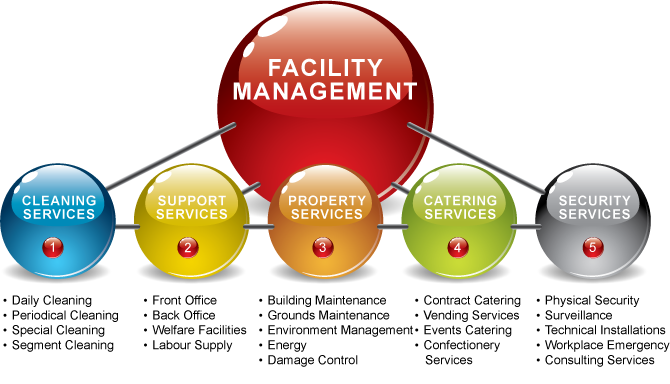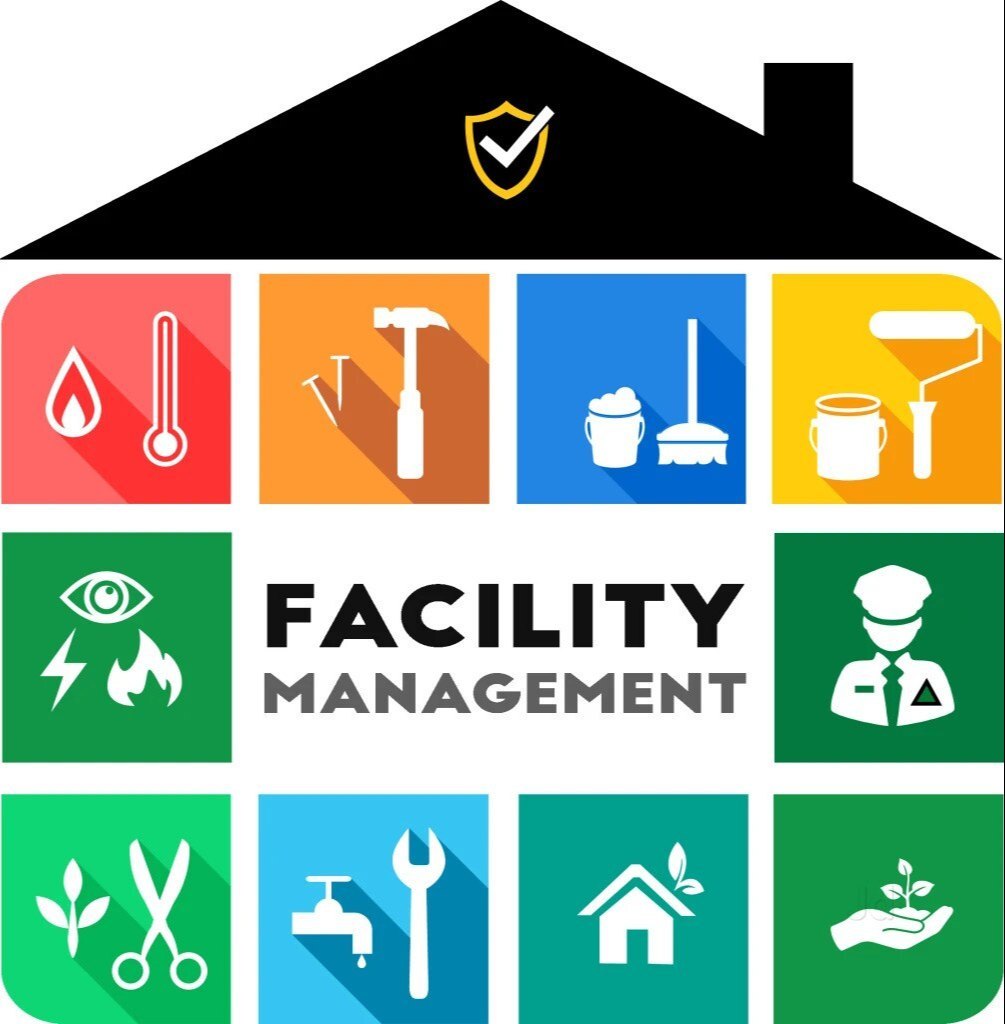Key Trends Shaping the Future of Center Management in 2024
As we look ahead to 2024, the landscape of center management is poised for substantial change, driven by numerous key fads. The assimilation of wise building modern technologies and a shift towards data-driven decision-making guarantee to boost operational effectiveness while prioritizing sustainability in practice.
Smart Building Technologies

Smart building modern technologies encompass a large variety of systems, including intelligent illumination, heating and cooling controls, and safety systems. By integrating these systems, center managers can monitor and change parameters in real-time, leading to substantial reductions in energy waste and operational expenses. Clever sensing units can detect occupancy degrees and change lights and temperature as necessary, guaranteeing that power is only utilized when required.
Additionally, these modern technologies help with enhanced information collection, allowing organizations to track usage patterns and identify opportunities for further improvements. The implementation of wise structure technologies not just adds to sustainability objectives however additionally produces healthier workplace that can increase worker productivity and fulfillment.
As we move right into 2024, the adoption of smart building technologies will likely increase, mirroring a wider shift in the direction of even more intelligent, receptive, and sustainable facility administration practices.
Data-Driven Choice Making
Increasingly, companies are leveraging data-driven choice making to boost facility monitoring techniques. By utilizing information analytics, facility supervisors can obtain actionable understandings that considerably improve operational efficiency and source allocation. The combination of sophisticated innovations, such as IoT sensing units and real-time monitoring systems, enables the collection of vast amounts of information on structure efficiency, occupancy prices, and energy usage.
This wealth of information permits facility supervisors to recognize fads, forecast maintenance needs, and proactively address issues before they escalate. Anticipating analytics can forecast devices failings, decreasing downtime and repair costs. Additionally, information visualization devices assist in better communication among stakeholders, making sure that informed choices are made collaboratively.
Furthermore, data-driven approaches improve critical preparation by enabling facility managers to examine the efficiency of existing methods and make notified selections relating to financial investments in modern technology or framework. As organizations progressively focus on functional quality, data-driven decision production is positioned to come to be a foundation of successful facility monitoring approaches in 2024 and past. Eventually, the ability to leverage data properly will equip organizations to produce a lot more reliable, efficient, and resistant centers.
Sustainability and Eco-friendly Practices
The focus on data-driven decision making normally lines up with the growing focus on sustainability and green practices within center monitoring. As companies progressively prioritize environmental duty, center managers are leveraging analytics to maximize resource use, minimize waste, and lessen carbon footprints. This strategic technique makes it possible for the integration of energy-efficient systems, such as LED lighting, smart HVAC controls, and sustainable energy resources into facility procedures.
Additionally, the execution of lasting techniques expands beyond power consumption. Center managers are embracing eco-friendly products and advertising recycling campaigns to create a round economic climate within their facilities. This not just enhances the ecological profile of the company yet additionally promotes a culture of sustainability amongst staff members.
Compliance with ecological laws is one more vital facet driving the fostering of eco-friendly practices. By utilizing data analytics, center managers can keep an eye on compliance metrics and recognize locations for enhancement, making sure adherence to local and global sustainability standards.
Hybrid Work Designs
A significant shift towards crossbreed work versions is improving the landscape of center management in 2024. This standard combines in-office and remote job, requiring a reevaluation of area usage, source allocation, and employee interaction techniques. Organizations are progressively acknowledging the relevance of flexible work areas that satisfy varied requirements and choices.
Center supervisors need to adapt by carrying out versatile office styles that sustain joint initiatives while giving areas for focused work. This includes the combination of modern technology to help with seamless communication and cooperation among remote and in-office workers. Smart building options, geared up with sensors and analytics, permit for real-time tracking of area usage, allowing companies to maximize their environments successfully.
Moreover, hybrid work designs highlight the requirement for efficient center monitoring that prioritizes staff member experience. This encompasses not just innovation and area layout yet also the growth of policies that promote a well balanced work-life dynamic. As business browse this shift, the function of facility management ends up being critical in creating an active office that cultivates performance and drives organizational success. Fundamentally, the hybrid work design is revolutionizing facility administration, motivating an aggressive strategy to fulfill the developing demands of the workforce.
Improved Resident Health
As companies welcome hybrid job models, their explanation an increased focus on passenger health is ending up being indispensable to center management strategies. Facility Management. This Bonuses change recognizes that a healthy and balanced and completely satisfied workforce directly influences performance and retention rates. Facility managers are currently prioritizing environments that promote mental and physical wellness, integrating aspects such as all-natural illumination, biophilic layout, and easily accessible wellness resources

Modern technology plays an important function in this advancement. Smart building systems can check ecological variables and change settings in real-time, making certain ideal comfort levels - Facility Management. Responses devices, such as tenancy sensing units and worker studies, enable center managers to continually refine wellness initiatives based on owner requirements.

Final Thought
In 2024, the future of center administration will certainly be significantly affected by the combination of clever building modern technologies and data-driven decision-making, fostering enhanced operational performance. Sustainability initiatives will certainly focus on environment-friendly methods, while the introduction of hybrid work models will certainly necessitate adaptable workplace designs. Additionally, a heightened concentrate on passenger wellness through innovative HVAC systems and biophilic style Go Here will certainly add to much healthier work atmospheres. These fads jointly emphasize the advancing landscape of facility monitoring in reaction to contemporary difficulties and possibilities.
Center managers are taking on environmentally friendly materials and promoting recycling efforts to develop a circular economic climate within their facilities.A significant shift towards hybrid job models is improving the landscape of facility management in 2024.Moreover, hybrid job versions highlight the demand for efficient center management that focuses on employee experience.As companies embrace hybrid work designs, a heightened emphasis on resident health is becoming important to facility administration techniques.In 2024, the future of center management will certainly be significantly affected by the combination of clever structure technologies and data-driven decision-making, promoting improved functional performance.
Comments on “Facility Management Solutions-- Ensuring Security and Maintenance”